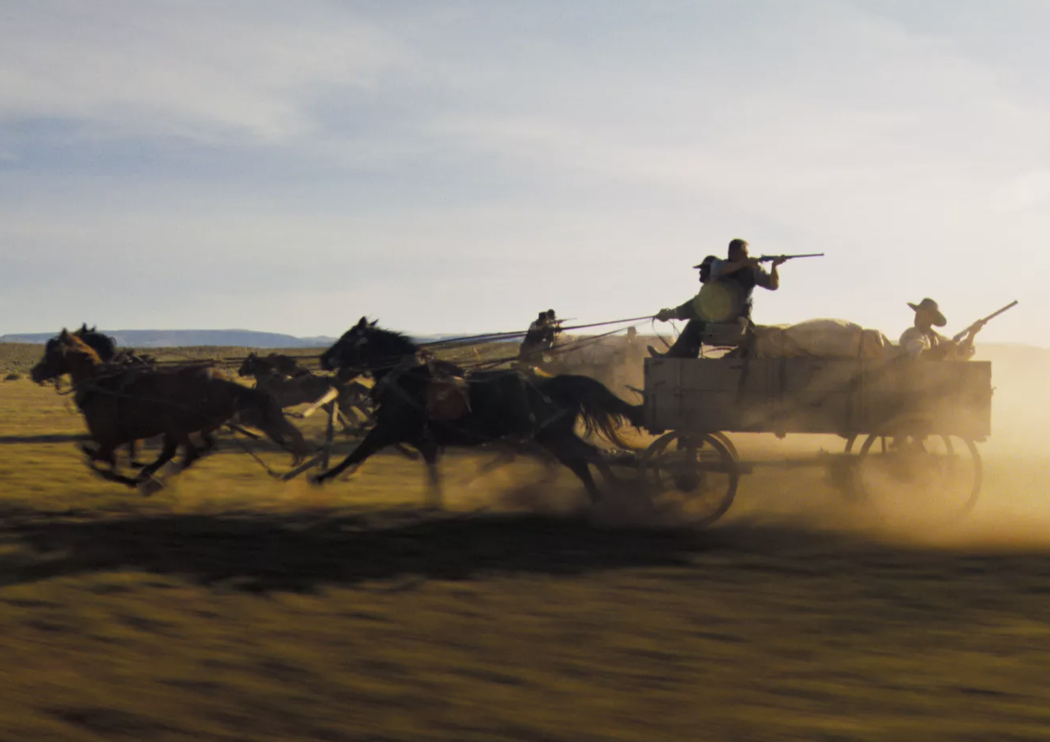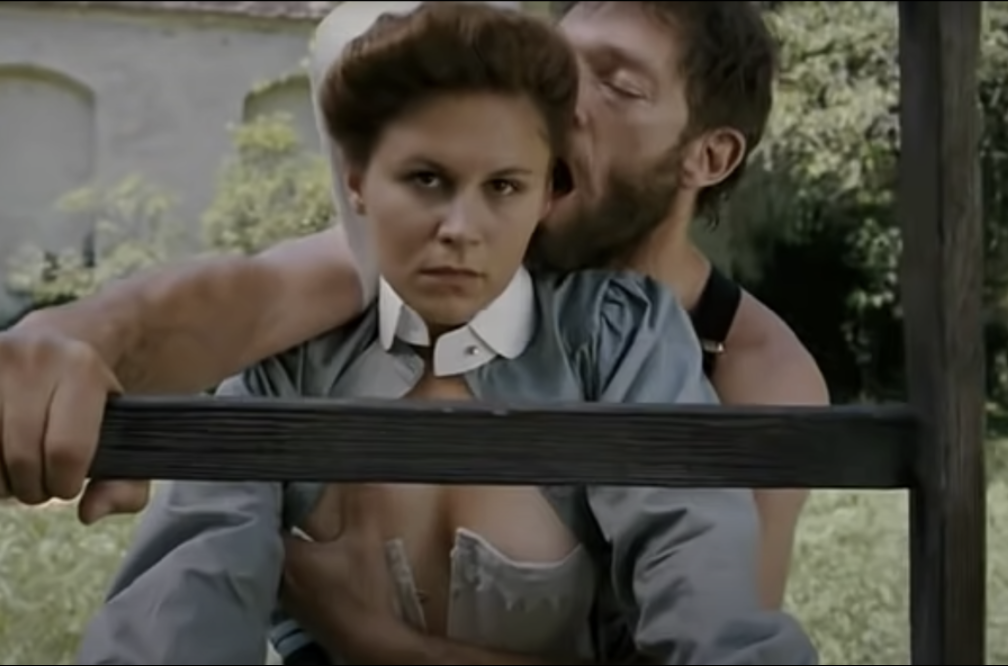Whenever I think back upon the lightning-in-a-bottle period in Bob Dylan’s career, the time (’62 to mid ’66) when he wasn’t just the greatest ’60s generation poet-troubador of all time but someone (or something) who wasn’t just cable-connected to the heart of the early to mid ’60s tumult but in various ways was a kind of Zeus figure, sculpting and cutting through to the bone and voicing the whole evolving drama in head-turning verse…I just crumble inside. More often than not I think of the lyric Dylan wrote for a sad song from “Nashville Skyline” that went, “Once I had mountains in the palm of my hand.” Anyone with their ear to the rails back then could feel the rumble of that possession…the vibration was everywhere. And now, sitting at a dining-room table in a Toronto apartment in September 2005, my weariness amazes me. Martin Scorsese’s 201-minute documentary No Direction Home: Bob Dylan, which showed at the Toronto Film Festival last night, will be available on DVD this coming Tuesday (9.20) and will air on PBS in two segments on 9.26 and 9.27, is a truly magnificent American epic. It’s the best Scorsese film since My Voyage in Italy (’99), although I think it’s a much more emotionally powerful film than that 246-minute doc…or anything else Scorsese has created since Goodfellas. But is it the movie or just me and my investment in the Dylan saga? Scorsese is “in” this film, sure, but it all boils down to found footage and smart editing choices. In a way he lets the story tell itself, but he also frames Dylan’s saga in the same way David Lean configured the life of T.E. Lawrence in Lawrence of Arabia. This analogy originated with screenwriter Larry Gross in a Movie City News posting after he caught No Direction Home at the Telluride Film Festival, and it’s absolutely right-on. This movie is, in a sense, Scorsese’s Lawrence of Arabia, and without losing control of my faculties I have to say that here and there it’s more breathtaking and lump-in-the-throat terrific than Lean’s version. Part One, which lasts two hours, is about becoming…about Dylan’s absorbing all he could and summoning his many strengths, and it ends with his triumphant performance at the 1963 Newport Folk Festival…when Dylan had reached the summit of his powers as the penultimate poet and folk singer of his day. Part Two, which covers ’63 to ’66, is about the complications that came from Dylan’s shifting away from his acoustic roots and embracing his electrified destiny with “Bringing It All Back Home,” “Highway 61 Revisited” and “Blonde on Blonde”…complications and pressures that involved accusations of being a “traitor” to folk music and having to deal with repulsively stupid questions from middle-aged journalists. It all got thicker and gnarlier and finally led to a kind of downfall (his July 1966 motorycle accident, which…who knows?…might have occured for reasons other than mere chance) and a withdrawal from touring that lasted for eight or nine years. “I must have been mad, I never knew what I had”…I can’t nail this film in a Word item, but do not miss it. No Direction Home: Bob Dylan is easily one of the finest and most moving films of the year, and one of the most profound rock docs ever.













